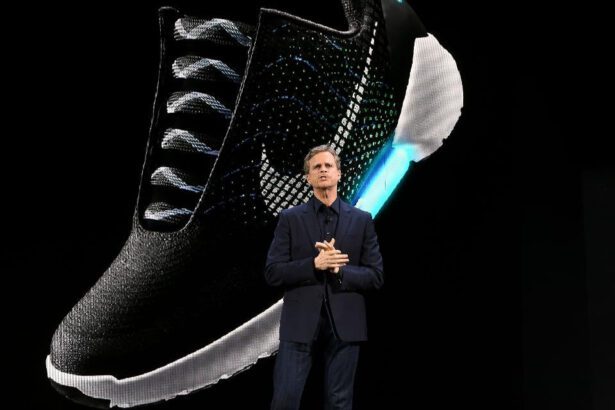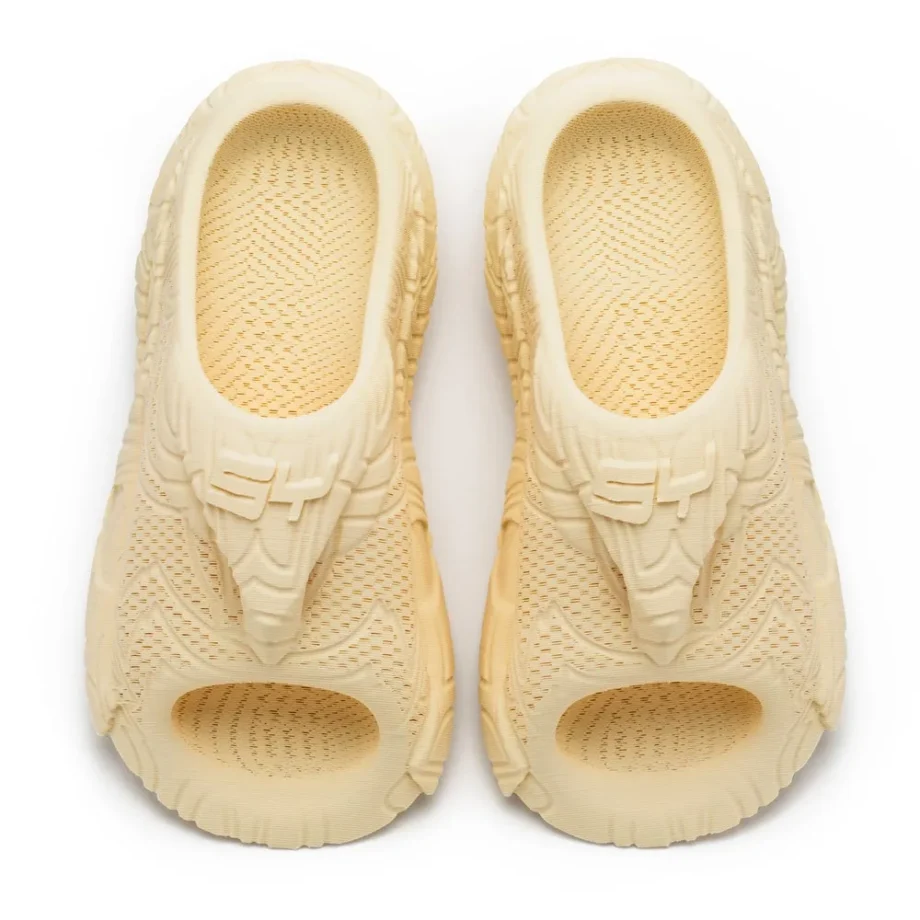Introduction
In the fast-paced world of footwear innovation, age and experience blend seamlessly with youth and technology. Joe Foster, the 89-year-old co-founder of Reebok, is teaming up with Ben Weiss, a 25-year-old entrepreneur, to launch Syntilay, a footwear brand set to disrupt the market with its AI-designed, 3D-printed slides. This ambitious partnership symbolizes how challenges can indeed become opportunities, paving the way for a new era in footwear design.
The Genesis of Syntilay
Joe Foster’s Legacy at Reebok
Few names in the footwear industry carry as much weight as Joe Foster’s. Back in 1958, Foster co-founded Reebok, transforming it into a $4 billion powerhouse by 1991. Foster’s legacy includes navigating challenges with creativity, such as rebranding from Mercury Sports Footwear and redesigning Reebok’s logo to avoid legal disputes with Adidas. These lessons serve as a foundation for his collaboration with Syntilay.
Ben Weiss: A Young Visionary
Ben Weiss, on the other hand, is no stranger to innovation. From launching NFT projects to producing a popular podcast, Weiss exemplifies the entrepreneurial spirit. His vision for Syntilay lies in merging cutting-edge technology with consumer-centric design. Together, Weiss and Foster form a formidable team, blending wisdom with modern ingenuity.
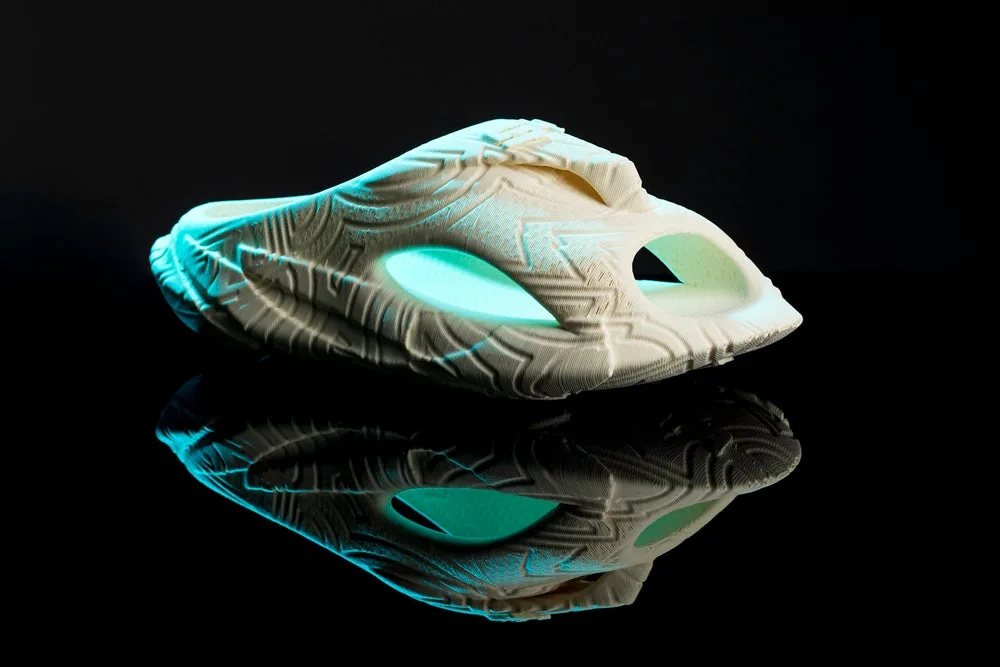
The Revolutionary AI-Designed Shoe
A Glimpse into the Technology
The highlight of Syntilay’s launch is its AI-designed slides, a product of human creativity and machine precision. The team started with hand-drawn sketches, which were enhanced using AI to generate intricate 3D shapes and patterns. The result? A shoe that’s not only stylish but also a testament to the capabilities of artificial intelligence.
Customization Meets Innovation
Gone are the days of standard shoe sizes. Syntilay employs scanning technology that uses your phone’s camera to measure your feet with unparalleled accuracy. This ensures every pair is custom-fitted, providing both comfort and a unique buying experience.
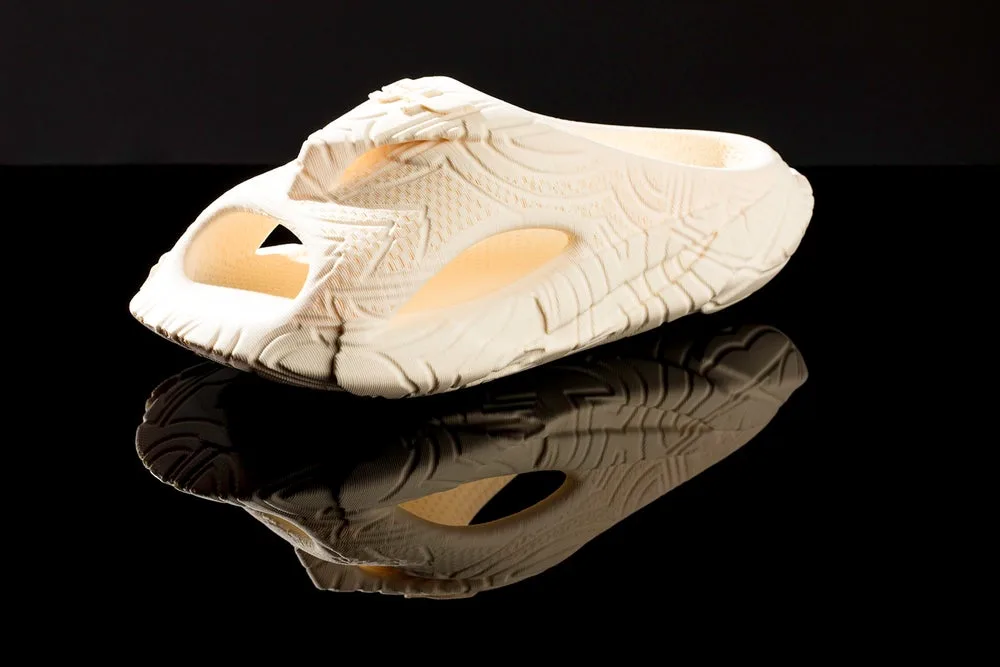
Advantages and Challenges of 3D Printed Shoes
Benefits of 3D Printing
One of the biggest advantages of 3D printing is speed. Prototypes can be produced in days, allowing for rapid iteration and design improvements. Additionally, 3D printing minimizes waste, making it an environmentally friendly alternative to traditional manufacturing.
Limitations of the Technology
However, there are challenges. Scaling for mass production remains a hurdle, as 3D printing is better suited for small batches. Material durability is another concern, though ongoing research promises to address these issues in the near future.
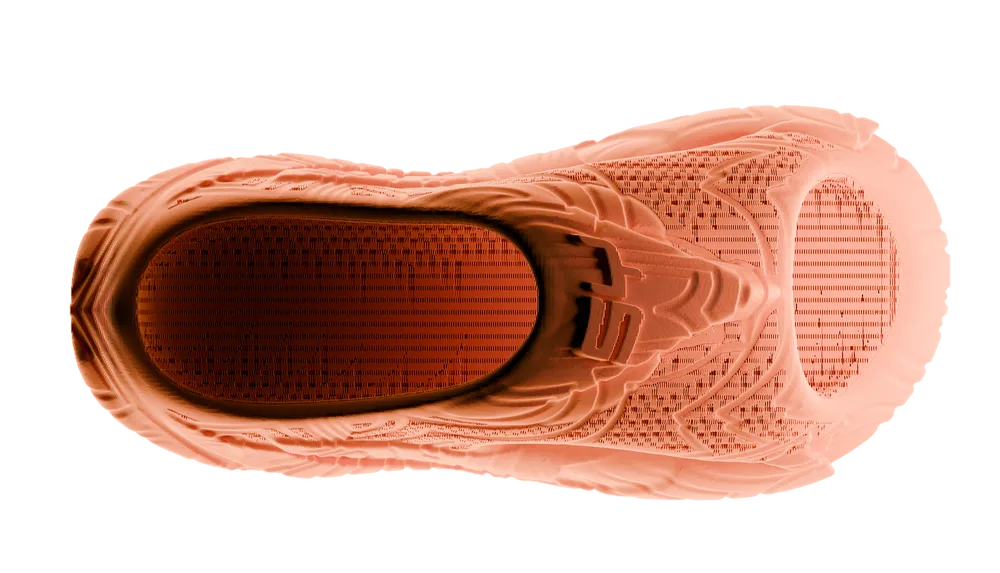
Lessons from Reebok Applied to Syntilay
Embracing Challenges as Opportunities
Joe Foster’s mantra of viewing challenges as opportunities is central to Syntilay’s philosophy. From refining designs to adapting to market demands, the team embraces flexibility as a path to success.
Building Credibility in a Competitive Market
Syntilay’s strategy begins with a limited-edition launch, creating exclusivity and buzz. This mirrors Foster’s early days at Reebok, where strategic moves helped establish credibility and demand.
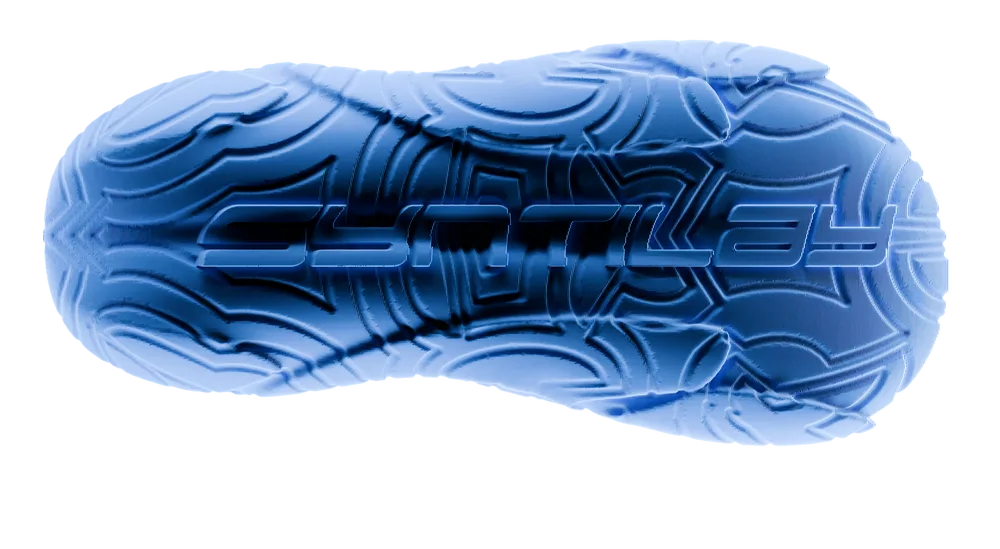
The Future of Syntilay
Expanding Beyond Slides
Syntilay’s ambitions don’t stop at slides. The brand plans to collaborate with influencers and create personalized designs for niche markets, opening up endless possibilities for expansion.
Pioneering AI and 3D Printing in Fashion
By democratizing access to cutting-edge technology, Syntilay aims to empower both brands and consumers. This approach could redefine how footwear is designed, produced, and sold.
Conclusion
Joe Foster and Ben Weiss are proving that innovation thrives when tradition meets technology. Through Syntilay, they’re not only redefining footwear but also inspiring a generation to embrace challenges as opportunities. With AI, 3D printing, and a vision for the future, Syntilay stands poised to leave a lasting mark on the industry.
FAQs
- What makes Syntilay’s slides unique?
The slides are fully 3D printed and custom-fitted using AI and scanning technology. - How does AI contribute to the design process?
AI generates intricate 3D shapes and patterns based on initial sketches, enhancing human creativity. - What are the environmental benefits of 3D printing?
3D printing minimizes waste and reduces the carbon footprint associated with traditional manufacturing. - Will Syntilay produce other types of footwear?
Yes, the brand plans to expand into personalized designs for various markets. - How can customers order Syntilay’s custom slides?
Customers can use their phone camera to scan their feet and place orders directly through Syntilay’s platform.


